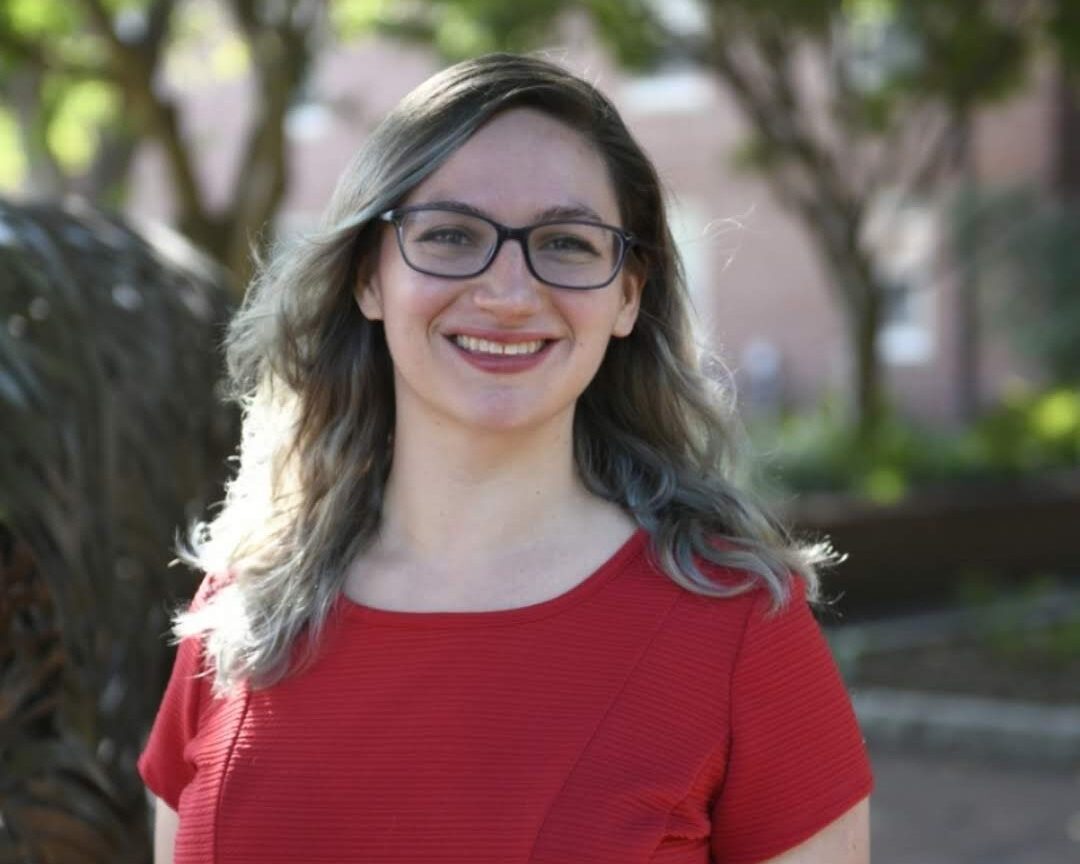Spotlight: Bean Zhou Studies Plants Across a Great Divide

by Juliana McCully
Wenbin “Bean” Zhou says it was destiny that he would study plants because his given name in Chinese has two tree characters.
But it’s science, along with a driving interest in the environment, that has elevated the NC State student’s disjunct-plant research and earned him recognition from Harvard University’s Arnold Arboretum.
A Ph.D. student in NC State’s Department of Plant and Microbial Biology, Zhou is from Zhejiang, a province in China with similarities to North Carolina. Zhou’s research is borne out of that background and focuses on closely related plant species that are distributed in two different areas – like his home province in Southeastern China and his current home in Southeastern North America.
Zhou recently received the 2019 Shiu-Ying Hu Student/Post-Doctoral Exchange Award and will have the opportunity to expand his research at Harvard this summer. The award supports American-Chinese exchanges for graduate, advanced undergraduate and postdoctoral researchers studying the comparative biology of woody plants.
What is your background?
My hometown, Wenzhou, is a beautiful and wealthy city in a part of China. People in Wenzhou of my parents’ generation don’t have a high regard for environmental issues, but my generation realized the environment in our cities had changed and recognized the importance of environment for healthy living.
My bachelor’s degree is in biotechnology, and during my master’s degree studies, I had been working on systematics, using the tools of modern genomic sciences to understand the relationship between evolutionary history, morphology and genetics. I was studying Gingko tree population genetics, which involved a lot of travel to collect samples, and I realized I wasn’t that interested in bench work. At the same time, my interest in plants increased, so disjunct plants just seemed like a good combination.
The opportunity to study in America was also appealing. In China, I had collaborated with Professor Qui-Yun “Jenny” Xiang on projects with disjunct plants, and she suggested coming here for my research. I wanted to see these plants in person, and I figured since we are doing the same project, why not?
Can you describe your research?
The first question is to resolve the big picture – we know these disjunct patterns with closely related species in East Asia and Eastern North America include about 65 genera, as well as animals and fungi. We are focusing on plants, and I chose five of them: Nyssa (tupelo), Hamamelis (witch-hazel), Castanea (chestnut), Torreya (nutmeg) and Cornus (dogwood).
We use DNA markers and next-generation sequencing methods to build the phylogeny and determine the biogeography pattern – mainly, where their ancestral species are and what kind of historical events they experienced. I also want to study the endophytes, because we’re thinking some of them might improve plant growth, defense and be more resistant to extreme environmental events such as droughts and floods. Endophytes are bacteria or fungi that live within a plant for at least part of their life cycles without causing apparent diseases. Studying the diversity of endophytes might reflect the coevolutionary pattern in endophytes and disjunct plants.
That’s why I applied for the Harvard award, because The Arnold Arboretum has a comprehensive collection for most of the disjunct pairs. They collected some species from China and some from America and planted them in the same garden. Since bacteria or fungi diversity and other environmental factors can change, common garden experiments are best. I will be going to Boston at the end of June, when mature leaves will be fully expanded and offer the best opportunity to study endophytes.
Why did this disjunct occur? Do scientists know?
One hypothesis says that, millions of years ago when the continents were connected, climate began to change and geographically pushed the distribution of plants to find their niche, which split the population to cause the disjunct pattern. We need DNA markers and plant fossils to estimate divergence time and to see if this corresponds to geographic events. If we find evidence, we can say the disjunct patterns are caused by vicariant events. Otherwise, we might point to long-distance dispersal, where migrating birds and mammals take seeds from one continent to another.
Why did you apply for the Arnold Arboretum Award?
I went to The Arnold Arboretum a couple of years ago and met a professor who suggested I apply for the award, which was established in memory of a famous Harvard taxonomist to promote and support the next generation of scientists. I think they have only had three recipients since 2013, and I feel like the luckiest person in the world to be one of them – this is the biggest honor of my life.
What’s your career goal?
To be a scientist and to teach – I feel like teaching is … dispersing knowledge to the next generation, and that’s very important. I also want to protect and conserve the plants in my hometown. I have a year or two left here in my Ph.D. program, and postdoc position after, but then I will probably go back to China.
You can make a difference in the lives of students like Bean Zhou.
This post was originally published in College of Agriculture and Life Sciences News.
- Categories:


